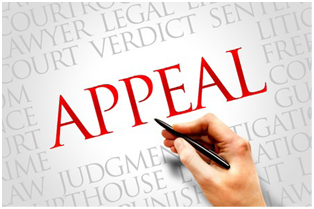Appealing a jury verdict
1. In the original Rapovski trial, the jury’s finding was ‘guilty’. In the original Pell trial, the jury’s finding was ‘guilty’.
2. Rapovski appealed on the basis that the verdict was unreasonable or could not be supported by the evidence. The issue for the Court of Appeal to determine was whether the evidence was capable of supporting the jury’s verdict of guilty beyond reasonable doubt.

3. Pell appealed against the verdict to the Court of Appeal in August 2019 and appealed the Court of Appeal’s decision to the High Court in November. He argued that the Court’s decision reversed the burden of proof and forced him, the accused, to prove that a verdict of guilty was impossible for the jury – instead, it should be the role of the prosecution to meet the standard of proof.
4. The Court of Appeal dismissed Rapovski’s appeal. The judges concluded that it was open to the jury on the evidence to be satisfied beyond reasonable doubt that Rapovski was the shooter in the incident.
5. The Court of Appeal dismissed Pell’s appeal against the verdict. They asked the question of whether the jurors “must have” held a reasonable doubt as to Pell’s guilt on the evidence, and decided that this standard had not been met. The High Court unanimously quashed Pell’s conviction and overturned the jury verdict in the original trial. The High Court said that the Court of Appeal had failed to consider the question of “whether there remained a reasonable possibility that the offending had not taken place.” This “reasonable possibility” would be reasonable doubt.
6. The cases involving Rapovski and Pell illustrate how parties can file a request with a higher court for the
more experienced and powerful judicial officers in that court to review a possible error made in the original hearing. The greater jurisdiction of higher courts over lower courts gives the judicial officers the authority to substitute their judgment for that of the original court
